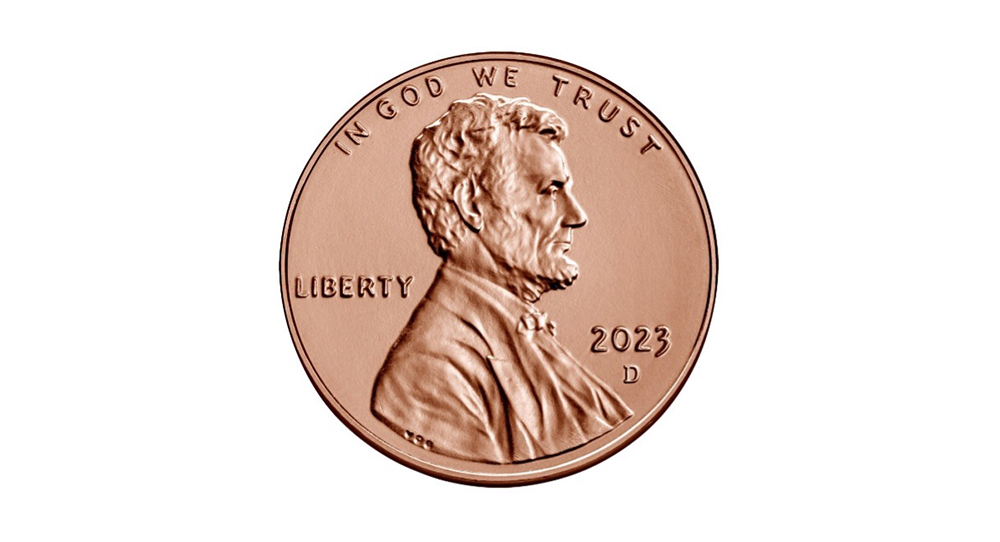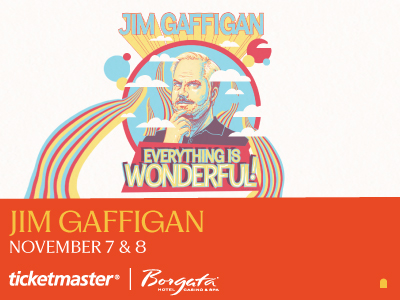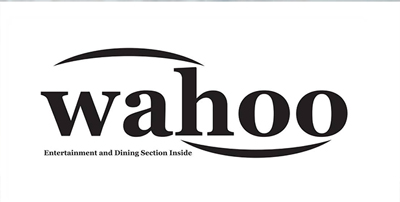As the cost of minting our one cent coins has reached 3.7 cents, there finally is serious discussion about doing away with it, something I’ve advocated for many years. That, plus replacing our $1 bills with coins that have already been minted.
Our northern neighbor, Canada, has been in the lead of updating their monetary system, first by replacing the paper one dollar and two-dollar bills with coins, the “Loonie” $1 which has a design of a loon on the reverse, and the “Toonie” $2 coin. These last a lot longer than their paper counterparts, up to 30 years. Then, several years ago they stopped minting one cent coins, all in the name of cost savings. All this while the United States can’t get its’ citizens to use the billions of one-dollar coins already struck for circulation, but sitting in warehouses for which the government is paying a storage fee. Talk about wasting money storing money.
Looks like the progressive Canadians may not be done. There is talk, preliminary, of doing away with their five-cent coin and replacing the five-dollar bill with a coin. Hope they don’t call the new $5 coin a “Foonie” pronounced “phony”, that wouldn’t sit well with the Canadian government.
Canada already replaced their paper bills with ones printed on a polymer composition, and results seem to be favorable, but the improvement in duration is only about 2 ½ times that of the paper bill. Durability is one thing, the other is thwarting counterfeiters, although I doubt there are many counterfeit polymer bills out there. That, plus the fact Canada is not a target for counterfeiting. That dubious distinction goes to the U.S., Great Britain, China, Mexico, European Union and India according to Marketplace.org. Even more disturbing, according to that organization, regardless of the country, the most commonly counterfeited denomination in most cases is the “20”.
I’m sure many of these changes are coming about as not only cost savings, and they are substantial, but also in response to the increased use of credit and debit cards as well as other alternative payment methods. As these payment methods increase, the need for coins and currency will decline.
Canada wouldn’t be the only country currently utilizing a high denomination coin for circulation. Switzerland has been minting a 5 Franc coin for use in commerce for many years with a current rate of exchange about equal to $5 U.S. It is approximately the size of an American half dollar, and freely circulates in Switzerland, mainly because the lowest denomination bill is 10 Francs and the 5 Franc coin has been in use for over 150 years. No learning curve here.
A few more words about Switzerland; first, the highest denomination note printed is a 1000 Franc bill, equal to around $1000. While there is effort to have countries reduce the high denomination notes, an example is the opinion that the United States should stop printing $100 bills, the Swiss government will have none of that. And from a security standpoint, Swiss banknotes have 18 security features embedded. The incidence of counterfeit Swiss notes, according to the World bank, is 1 in 100,00 notes whereas for the Euro it is 1 in 20,000 notes, the U.S. dollar, 1 in 10,000 notes and Great Britain 1 in 3,333 notes.
A public service notice: Be sure to review your bank accounts on a regular basis, especially if you don’t get paper statements. I have had 7 unauthorized debits taken from my accounts which I caught by checking my accounts weekly. Although the bank can get them reversed once I report them, it still takes several weeks to get the money back. A second scam occurred when a customer scanned my check by phone to make a deposit in his account, then changed the amount on the bill and scanned it a second time. This showed up as 2 checks with the same check number on my statement. And third, we are being warned about putting checks in the mail anywhere other than at a post office. People are stealing the envelopes with the checks, soaking the payee’s name and amount and cashing them. Helps to use a pen with ink that can’t be easily soaked off.
Douglas Keefe and his wife Linda are owners of Beachcomber Coins and Collectibles in Egg Harbor Township. It is their only location.













